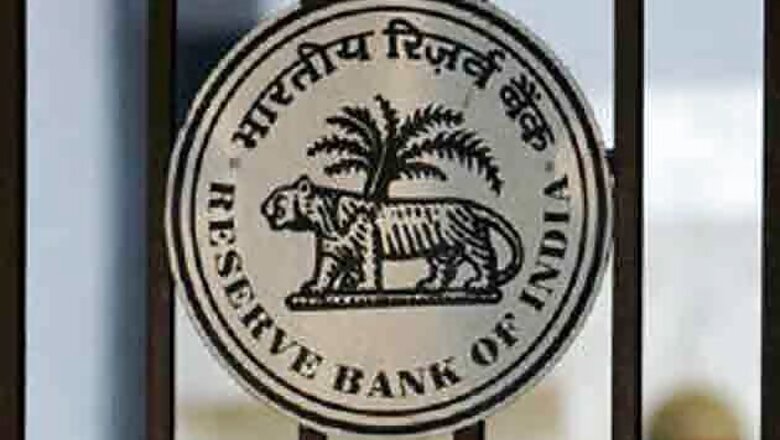
views
Mumbai: Banks are likely to reduce lending rates for select sectors and may see an improvement in their net interest margins after the RBI cut cash reserve requirements for banks, top bankers said.
The lending rates may be reduced for segments which are seeing higher demand for credit and lower level of defaults, Pratip Chaudhuri, chairman of State Bank of India, the country's top lender, said.
The banks, however, did not set a timeframe for lowering their lending rates.
"It is very premature to say when a movement on interest rates will take place," ICICI Bank CEO Chanda Kochhar told reporters during an interaction with bankers after the central bank announced its policy.
"It will depend upon where inflation moves from here and frankly for March they have kept the inflation target same," she said.
The Reserve Bank of India had raised rates 13 times between March 2010 and October 2011, slowing demand for credit in Asia's third-largest economy and triggering worries about pile-up of bad loans and pressure on profit margins.
The central bank cut cash reserve requirements for banks by 50 basis points on Tuesday to ease tight liquidity, signaling a policy shift towards reviving growth after nearly two years of fighting inflation.
State Bank of India rose as much as 6 percent, No. 2 lender ICICI Bank (ICBK.NS) and the banking sector index was up more than 3 percent and 4 percent, respectively, in the Mumbai market that gained 1.5 percent.
Banks are, however, unlikely to rush to reduce deposit rates immediately, even though the latest RBI move will help infuse liquidity into the system.
"Deposit rate cut will depend on what are the competing savings instruments on offering and with so many tax-savings instruments at 8.3-8.5 percent range one has to be really circumspect to cut deposit rates," Chaudhuri said.
Large and mid-cap state-run banks and private lenders such as ICICI, Axis Bank (AXBK.NS) and Yes Bank will likely outperform other financials, Standard Chartered (STAN.L) said in a research note.
Cost of borrowings will fall, helping smaller banks that have lower current and savings account deposits such as Yes and IDFC, the report said, adding lower bond yields will help banks with higher trading gains.
Bankers shrugged off concerns about bad loans in the system and said asset quality will improve once the monetary cycle reverses.
RBI governor Duvvuri Subbarao also said there was no cause for "alarm" on bad loans, but the central bank will soon meet the top ten banks to discuss the situation.
"The whole issues and worries (about bad loans) are getting over-exaggerated," ICICI's Kochhar said. "If you were to add the entire restructured assets and the likely restructured assets, the number still does not balloon substantially."
Both banks and analysts expect loan growth to improve in the last quarter-ending March after the CRR cut that will also help banks book trading gains, which can be used towards higher loan loss provisions.
The central bank also scaled down its projection for credit growth to 16 percent for the financial year ending in March from 18 per cent.















Comments
0 comment